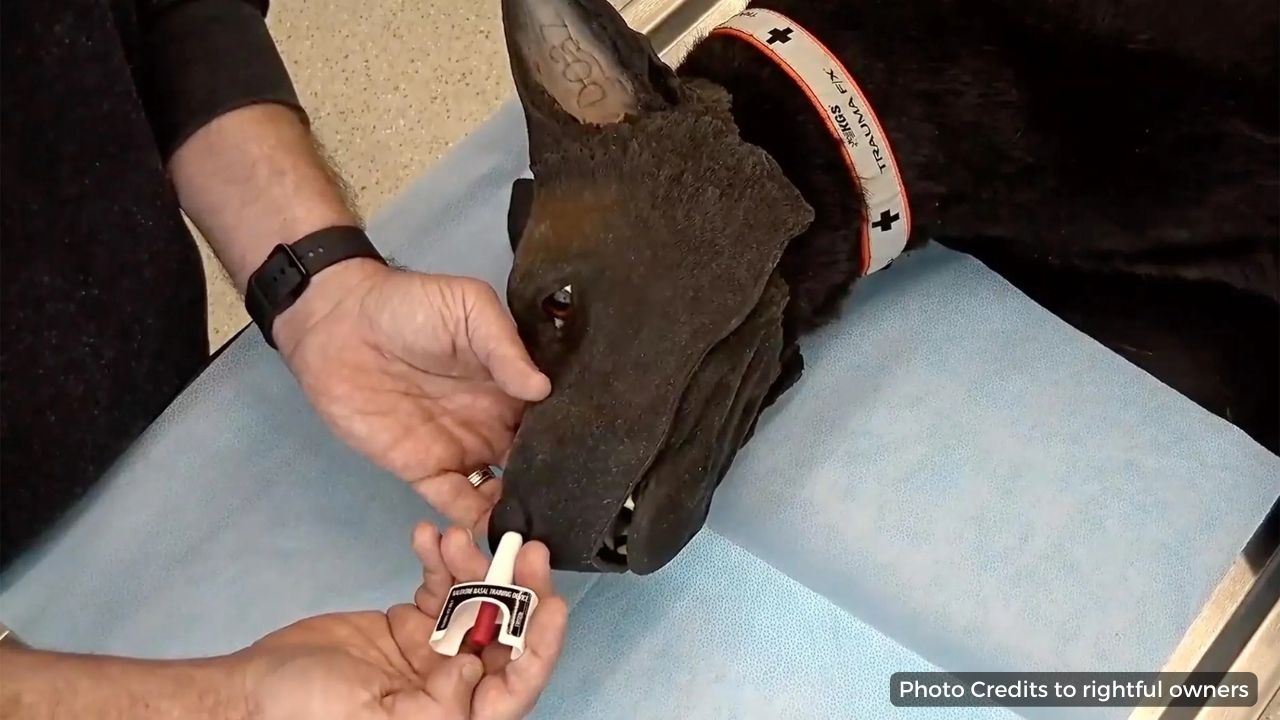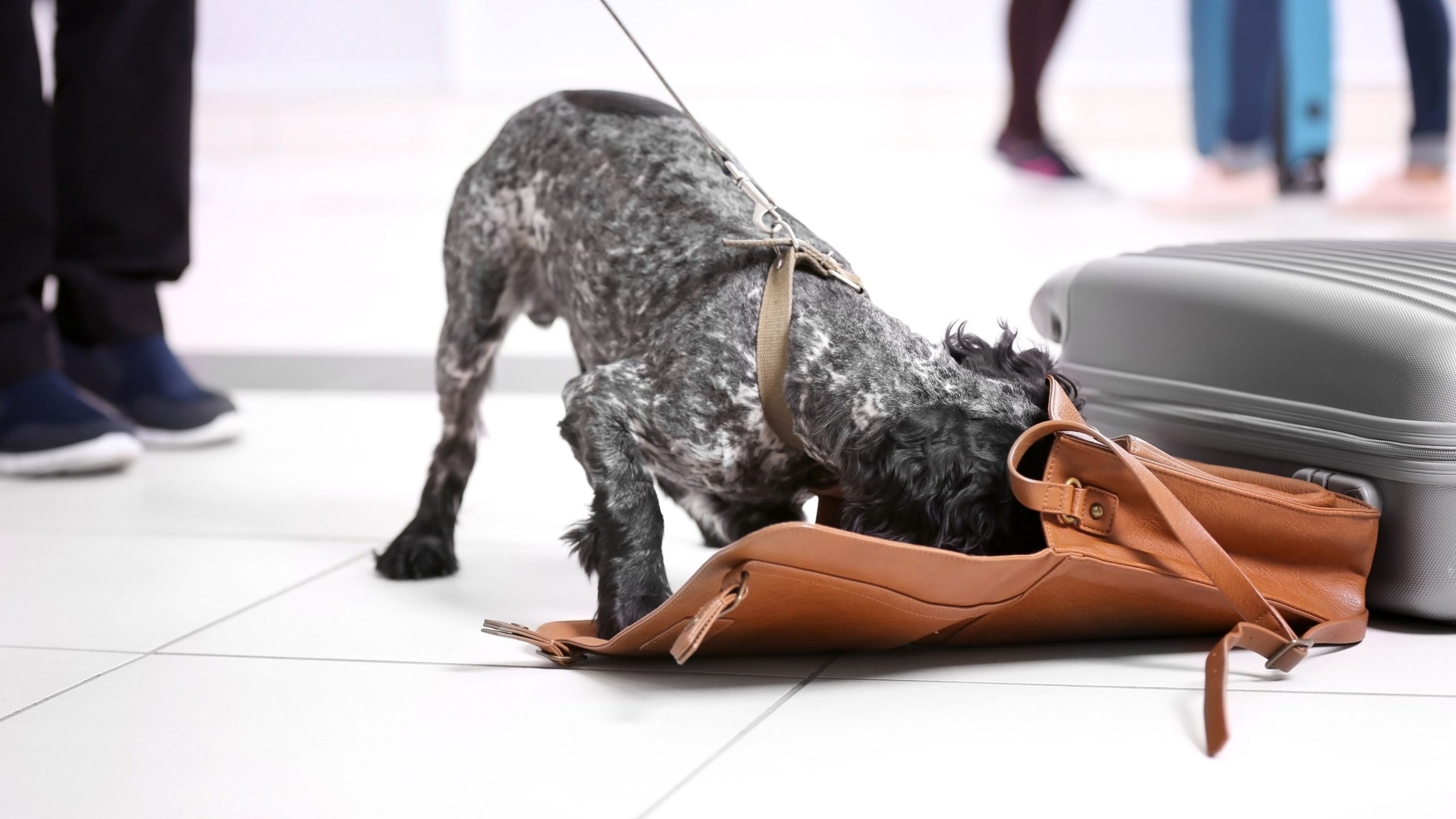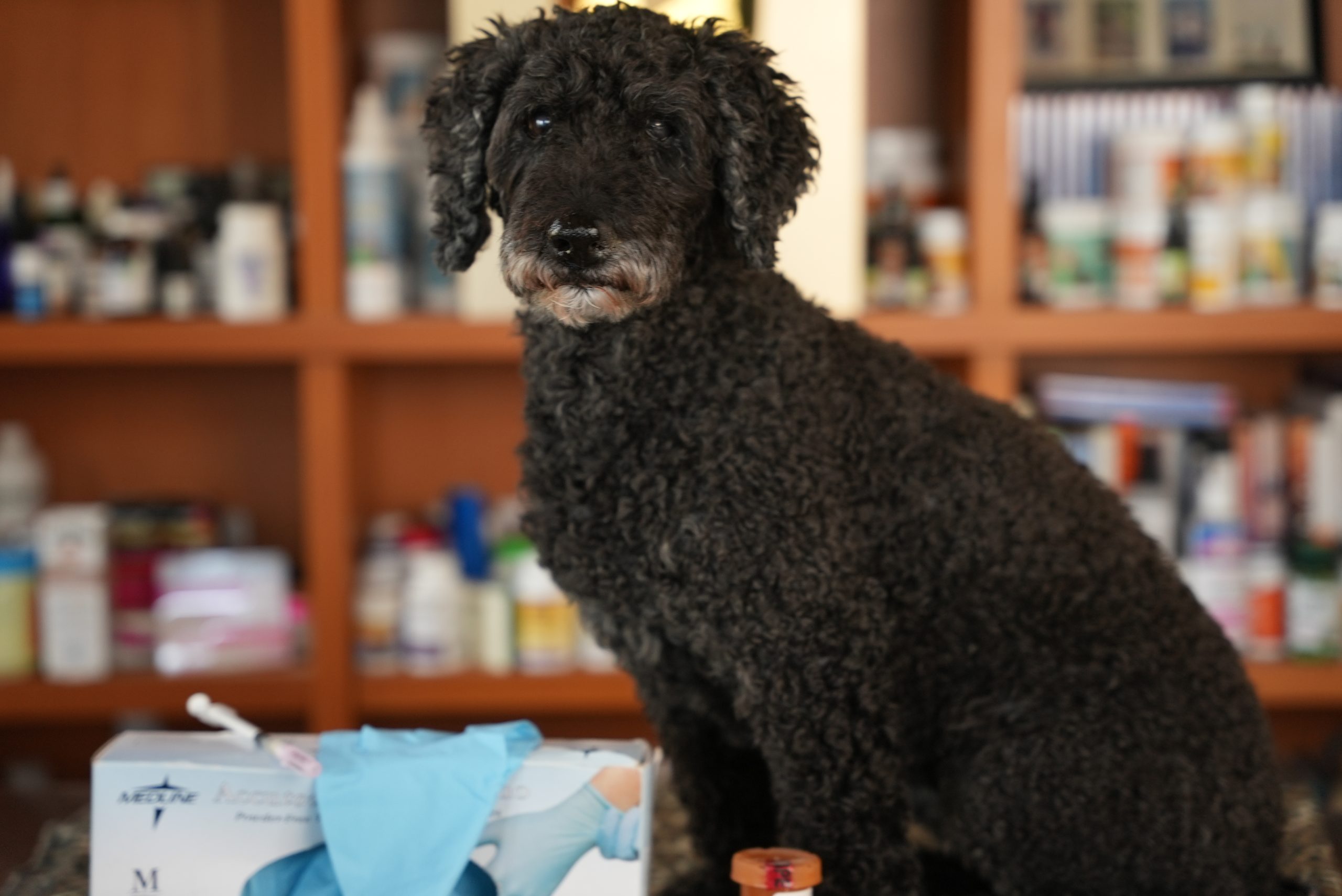Dog Poisoning Warning Signs: Identifying Opiate Toxicity in Dogs
![]()
Boost Your Dog’s Health with Dr. Jones’ Ultimate Canine Health Formula
Ensure your dog stays at the top of their health with Dr. Jones’ Ultimate Canine Health Formula – the ultimate all-natural nutritional supplement for your furry friend. Crafted with holistic pet health in mind, this premium, non-GMO and gluten-free formula is packed with nutrients that support your dog’s overall well-being.
Key Benefits:
-
All-Natural Ingredients: Free from artificial additives, wheat, corn, and soy, ensuring a clean, effective supplement for your pet.
-
Holistic Support: Designed to enhance your dog’s immune system, digestive health, and energy levels, helping them thrive naturally.
-
Safe and Effective: Non-GMO, gluten-free, and made without artificial flavors or preservatives, making it a safe choice for long-term use.
Give your dog the gift of optimal health with Dr. Jones’ Ultimate Canine Health Formula—because your dog deserves the best!

Opiate Poisoning in Dogs: What You Need to Know and What You Should Do
Did you know that your dog could be at risk of opiate poisoning? Recently, I spoke with someone whose dog was exposed to fentanyl while out for a walk near my area. Tragically, this is not an isolated case; the growing opioid crisis is now impacting our pets, particularly dogs. In this article, I’ll discuss the signs of opiate poisoning in dogs, what you should do in case of exposure, and how to protect your pet.
The Rising Threat of Opiate Poisoning in Dogs
Last year in North America, 150,000 people died from drug overdoses, most of which were caused by opioids like fentanyl. Unfortunately, this issue is not just limited to humans. In some cases, working dogs—such as those with law enforcement—have been exposed to illicit drugs like fentanyl during their duties. However, it’s also becoming a danger for ordinary pet owners, as even casual walks in public spaces are now exposing dogs to these deadly substances.
Dogs can be exposed to opioids through inhalation, ingestion, or even skin contact. I recently spoke with a local dog walker who had a dog that ran off the trail, came back with some toilet paper, and ingested a dangerous amount of fentanyl that had not been fully metabolized. The dog had toxins on its paws and fur, which it then ingested while grooming itself.
Synthetic opioids, including fentanyl, are extremely potent. Even minute amounts can be lethal to a dog. This is a growing concern, as the opioid crisis continues to affect our pets too. Fortunately, dogs are less sensitive to opioids than humans. It takes about ten times the amount of fentanyl to sedate a dog as it does to sedate a human.
Recognizing the Signs of Opiate Poisoning in Dogs
When it comes to opiate poisoning in dogs, fast action is crucial. Here are the signs and symptoms you should watch for:
-
Respiratory Depression
This is often the first and most critical sign. Within just seconds to 15 minutes of exposure, your dog’s breathing rate may slow significantly. In severe cases, your dog may stop breathing entirely. If you can’t see your dog’s chest rising and falling, this is a major red flag. -
CNS Depression
Your dog may appear lethargic or even slip into a coma. If you check their heart rate by placing your finger on their chest, you may feel that it is abnormally slow. This condition is called bradycardia. -
Hypothermia and Low Blood Pressure
If you touch your dog’s ears, you may notice they feel cold to the touch, a sign of hypothermia. Their gums might also appear pale, and if you press on their gums, the capillary refill time will be delayed (a sign of low blood pressure). -
Ataxia (Weakness and Wobbliness)
Your dog may be very weak and uncoordinated, displaying signs of instability when standing or walking. -
Miosis (Pinpoint Pupils)
Their pupils may appear extremely small, almost like tiny pinpricks.
All of these signs indicate that your dog is experiencing opiate poisoning. Think of it as a severe case of general anesthesia. The drug affects your dog’s breathing, heart rate, and nervous system, slowing everything down. This can happen very quickly, so it’s essential to recognize these symptoms and act immediately.
What to Do if You Suspect Opiate Poisoning
The most important thing you can do if you suspect your dog has been poisoned by opiates is to act quickly. Here’s how:
-
Protect Yourself
Opiates can be absorbed through your skin, so it’s vital not to touch your dog directly if you suspect they’ve been exposed. Use gloves, if available, and cover your hands or arms. If it’s winter and you’re wearing layers, that’s helpful. If you don’t have gloves, you can wrap your dog in a coat to limit direct contact with the drug. -
Get Your Dog to the Emergency Clinic ASAP
It’s crucial to take your dog to an emergency veterinary clinic immediately. The first 30 minutes to an hour are critical. In many cases, your dog can go from lethargic to experiencing respiratory arrest within a short period. Don’t wait for an appointment—just head straight to the clinic. -
Administer Naloxone (Narcan) If Available
Naloxone, the reversal drug for opioids, can save your dog’s life. The dose for dogs is 0.04 mg per kilogram of body weight. If you have access to an aerosol version, spray it into one of your dog’s nostrils. It can be repeated every two minutes until the dog starts breathing normally. If you are in a location without naloxone, your vet can administer it at the clinic. -
Oxygen Therapy and Supportive Care
Once at the clinic, your vet will provide oxygen therapy and may intubate your dog if they’re not breathing. They’ll also administer IV fluids and monitor your dog’s vital signs. It’s essential to support your dog’s respiratory function and stabilize their condition. -
Decontamination
If there’s any chance that your dog has opiate residue on their fur, paws, or mouth, they will need to be decontaminated. Vets will use a fine microfiber towel to wipe your dog’s muzzle, paws, and any areas that may have come into contact with the drug.
Other Treatment Options: Butorphanol
If naloxone is unavailable, your vet can use butorphanol, an older narcotic, as an alternative. Butorphanol is effective at counteracting the effects of fentanyl and other synthetic opioids. The dose for dogs is 0.4 mg per kilogram of body weight, and it can make a huge difference in stabilizing your dog.
Final Thoughts: Stay Aware and Act Fast
The most important thing you can do is recognize the signs of opiate poisoning early and act quickly. By staying aware and understanding how to respond, you can greatly improve the chances of saving your dog’s life. If you’re in an area where opioids are a concern, consider taking extra precautions when out for walks or in public spaces. And remember, always seek immediate veterinary care if your dog is exposed.
I hope this information helps keep you and your dog safe. Thanks for watching and for staying informed!

P.S. If you want to stay up-to-date on more natural pet health and wellness tips, click the link to subscribe to my Veterinary Secrets channel. I also offer a free e-book on pet health when you sign up!











